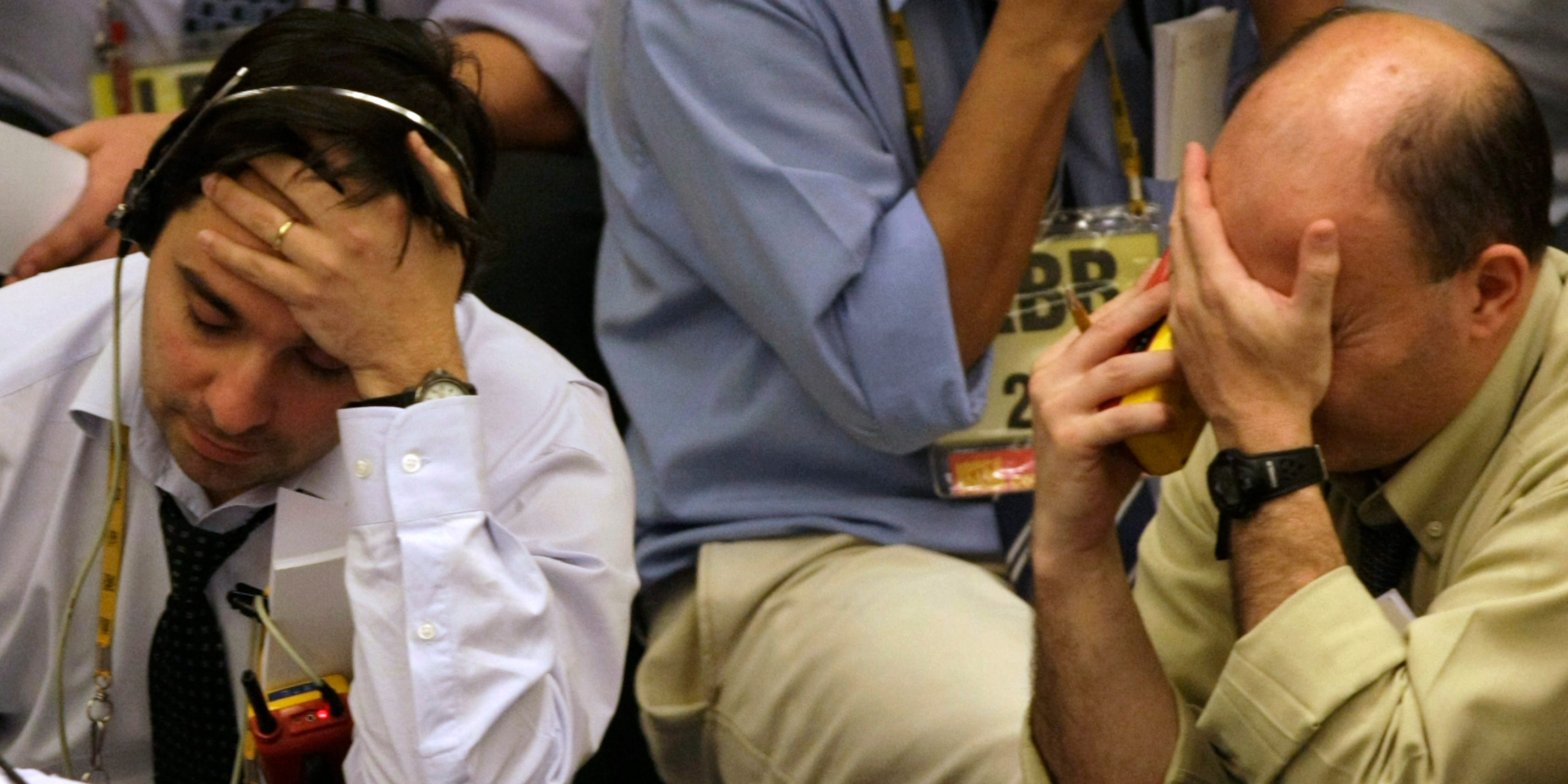Making bets on a debt crisis would be nearly impossible, Bankrate’s senior economic analyst told Insider. There’s too much uncertainty in the near term and lack of precedence to try and trade on a US default. Instead, investors should maintain a long-term approach, build emergency funds, and pile into high-yield savings accounts. Loading Something is loading.
Thanks for signing up!
Access your favorite topics in a personalized feed while you’re on the go.
Investors would be ill-advised to make bets on a potential US default, according to Bankrate senior economic analyst Mark Hamrick.
He told Insider that selecting assets or repositioning a portfolio based on a possible outcome on the debt-ceiling stalemate involves a high degree of uncertainty, given the lack of precedence.
The political brinksmanship in Washington over the $31 trillion debt is nearing uncharted territory, and the best approach for investors is to stick to a long-term view on markets, he added.
“Ultimately, the problem with suggesting that someone trade around this or make investment decisions that are unique to this experience requires them to do something that’s almost impossible, and that is they have to be right twice with the timing,” Hamrick said. “Investors have to be right on the timing of, essentially, getting out of the market or reducing exposure to certain assets, including equities, then they have to be right on the timing of when to get back in.”
Treasury Secretary Janet Yellen has warned that default could come as soon as June 1. But lawmakers remain deadlocked on finding a way to lift the debt ceiling soon, raising concerns on financial markets.
A default would be catastrophic for the economy, and it would unleash many unknown repercussions that investors wouldn’t be able to make regular assumptions about, Hamrick said.
He pointed to the 2008 financial crisis as another time when the economy was on the edge of a cliff, and how many investors got burned trying to time trades around the turmoil. Those who got out at the time struggled with making the right bet on when to re-enter the market.
“For most people, the best decision here is to take a long-term view,” Hamrick said. “That includes maintaining best financial practices, which includes having sufficient emergency savings.”
High-yield savings accounts offer particularly attractive yields right now, he noted, and those are a good option to capitalize on the rising interest-rate environment.
The impact on the dollar Even before the debt ceiling talks heated up in May, investors faced a great deal of uncertainty with recession risks rising and weakness flashing across the economy, such as in manufacturing and housing.
Questions about the status of the US dollar have also been top of mind, with Russia leading other nations over the last year in a de-dollarization push. To Hamrick, a US default threatens to further weaken the greenback’s standing.
“With respect to the breach we’re hypothesizing about, you can imagine if the full faith and credit of the US is undermined, there would be a related impact on the credibility of the dollar,” the analyst said.
“No one is reasonably predicting the dollar to stop being the world’s reserve currency anytime soon. But thinking about factors that impact the strength of the dollar, like the economy and interest rates, you can imagine things would become more uncertain and volatile with respect to that asset.”
